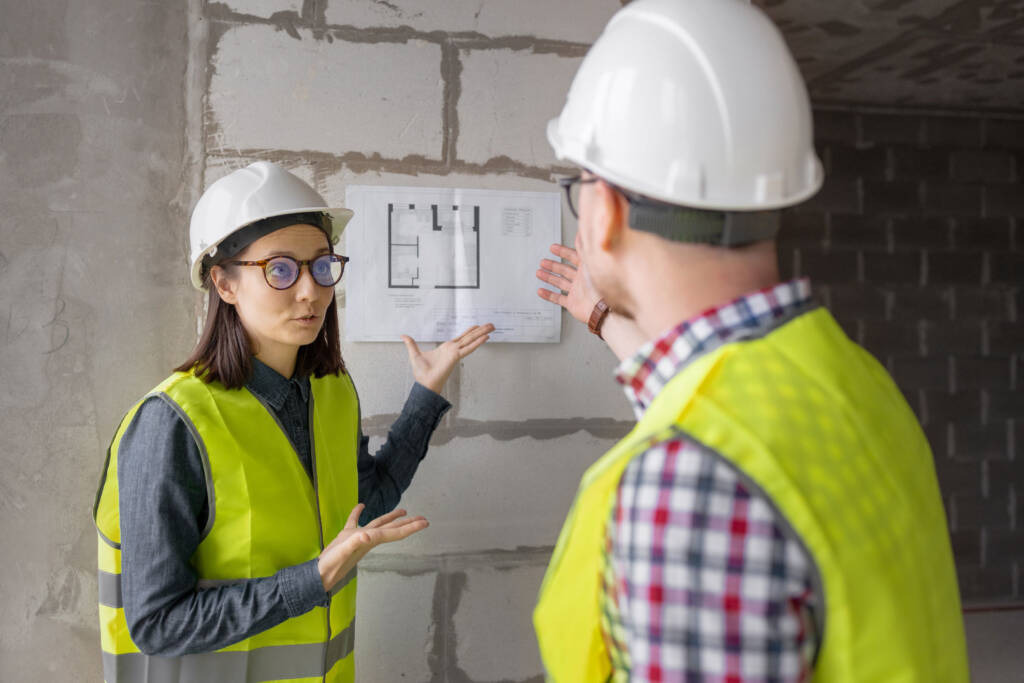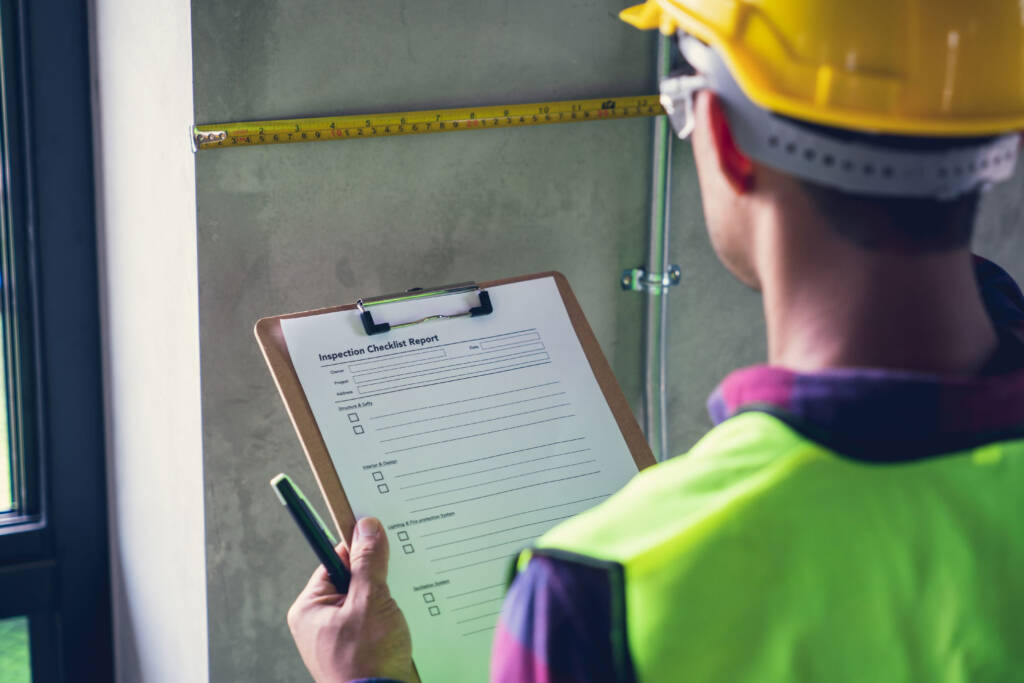
Why Regular Structural Inspections are Essential for Building Safety and Longevity
Maintaining the structural integrity of any building is critical for ensuring both safety and long-term durability. Over time, factors like weather conditions, natural wear and tear, and unforeseen structural issues can compromise the stability of a building. Regular structural inspections are an essential part of preventative maintenance that can help identify potential problems before they become costly and dangerous. Whether for residential, commercial, or industrial structures, routine inspections ensure that buildings remain safe, functional, and compliant with local codes.
In this article, we explore the importance of regular structural inspections, what these evaluations typically involve, and how they help extend the lifespan of a building while reducing the risk of costly repairs.
1. The Role of Structural Inspections
A structural inspection is an in-depth evaluation of a building’s key structural components—its foundation, framing, beams, columns, walls, and roof. These inspections are designed to identify any signs of deterioration, damage, or weaknesses that may compromise the building’s stability and safety. By assessing both visible and hidden elements of a building’s structure, inspectors can provide valuable insights into the current condition of the building and recommend repairs or maintenance to address issues before they escalate.
Key Components of a Structural Inspection:
- Foundation: Inspections check for cracks, settling, or unevenness in the foundation, which can indicate significant structural issues that might lead to building instability.
- Framing and Load-Bearing Elements: Evaluations of beams, columns, and load-bearing walls help ensure they can still support the building’s weight. Any signs of bowing, sagging, or cracking in these elements are red flags.
- Roof and Ceiling: Inspectors examine the roof’s structural integrity, looking for sagging, water damage, or missing support that can weaken the overall structure.
- Walls and Floors: Inspectors check for cracks, moisture intrusion, and shifts that might suggest problems with load distribution or foundation settling.
Regular inspections provide an essential safeguard against the hidden deterioration of these elements, helping building owners stay proactive rather than reactive.
2. The Importance of Early Problem Detection
One of the primary benefits of regular structural inspections is early problem detection. Over time, small issues can evolve into significant structural defects if not addressed promptly. For example, a minor crack in a load-bearing wall may seem insignificant initially, but over time, it can grow and jeopardize the entire building’s stability. Similarly, water intrusion in the foundation can weaken structural supports, leading to costly repairs if not identified early.
Routine inspections allow you to identify such issues at an early stage when repairs are more manageable and less expensive. Early detection prevents problems from becoming severe, reducing the likelihood of major structural damage that can compromise building safety or even lead to collapse.
3. Preventing Costly Repairs and Building Failures
A well-maintained building will generally have a longer lifespan than one that is neglected. Regular structural inspections are a cost-effective way to keep buildings in good condition by addressing minor repairs and maintenance needs before they escalate into more extensive (and expensive) problems. The cost of routine inspections is far less than the price of major repairs that could have been avoided with timely attention.
For example, discovering early signs of foundation settling during a routine inspection allows building owners to invest in minor reinforcement, preventing the need for full foundation reconstruction in the future. Likewise, catching roof support issues early can avoid a costly roof collapse down the line.
Preventing major failures not only saves money but also protects occupants from safety risks, legal liabilities, and the potential loss of property value.


4. Maintaining Compliance with Building Codes
Building codes and standards are continuously updated to reflect advancements in materials, technology, and safety practices. Regular structural inspections help ensure that your building remains compliant with these ever-changing regulations. Non-compliance with local codes can result in fines, penalties, and even the forced closure of a building until repairs are made. Additionally, if a building is not up to code, it may be difficult or impossible to sell or insure the property.
Inspectors are familiar with the latest codes and can identify areas where your building may fall short. For older buildings, this is particularly important, as they may have been constructed under outdated standards. By keeping up with routine inspections, building owners can make informed decisions about upgrades or renovations needed to maintain compliance with modern codes, especially in seismic zones like California.
5. Increasing Building Longevity
All buildings experience wear and tear over time, but the key to maximizing a building’s lifespan is through proactive maintenance informed by regular inspections. By routinely checking for and addressing potential problems, structural engineers and inspectors can help extend the life of a building by years or even decades.
Routine structural inspections are particularly important for older buildings, which are more vulnerable to material degradation and changing environmental conditions. With the right maintenance strategies in place, you can preserve the building’s structural integrity and prevent the need for costly overhauls.
6. What Does a Structural Inspection Typically Involve?
A structural inspection is a thorough evaluation performed by a licensed structural engineer or certified inspector. The process usually includes the following steps:
- Initial Walkthrough: The inspector will start with a visual assessment of the building, looking for obvious signs of structural damage such as cracks, bulging walls, or sloping floors.
- Detailed Inspection: Using specialized tools, the inspector will then perform a more in-depth analysis. This may include testing the moisture levels in the walls, checking the load-bearing capacity of beams, and using cameras or other devices to examine areas that are difficult to access.
- Report and Recommendations: After the inspection, the inspector will provide a detailed report outlining any issues found, their severity, and recommendations for repairs or further monitoring. This report can serve as a guide for building owners or managers to prioritize repairs.
In some cases, an inspector may recommend more specialized assessments, such as a geotechnical investigation for foundation issues or a material analysis to determine the durability of certain structural components.
7. Structural Inspections and Insurance Considerations
Many insurance companies require regular structural inspections, particularly for older buildings or those in areas prone to natural disasters like earthquakes or floods. A well-maintained building with a clear inspection history may also qualify for lower insurance premiums. Inspections demonstrate to insurers that a property is being responsibly managed, reducing the risk of claims due to unexpected failures or damage.
In regions with higher environmental risks, such as seismic zones, routine structural assessments can ensure that a building meets all safety requirements to qualify for earthquake or disaster insurance.

Conclusion
Regular structural inspections are vital for maintaining the safety, compliance, and longevity of any building. By identifying potential problems early, preventing costly repairs, and ensuring compliance with local building codes, inspections protect both building owners and occupants from the risks associated with structural failures. Incorporating routine inspections as part of a building’s ongoing maintenance plan is an investment in safety, cost savings, and long-term sustainability.
